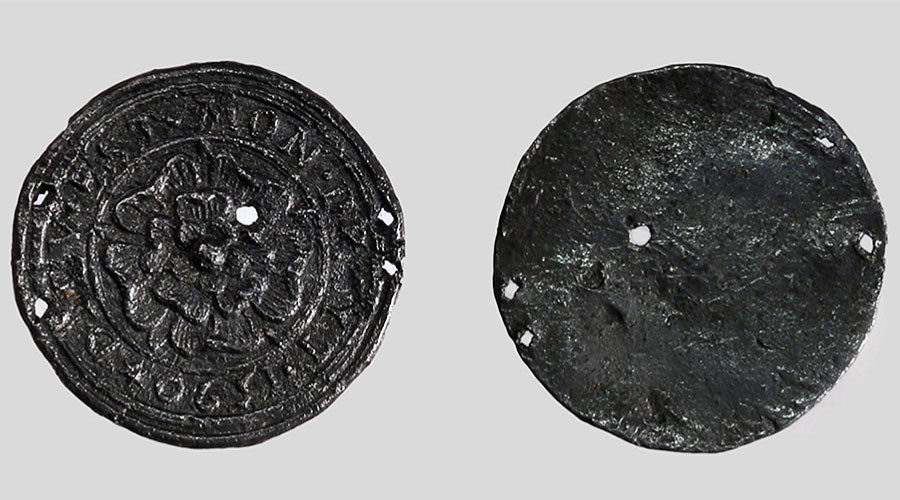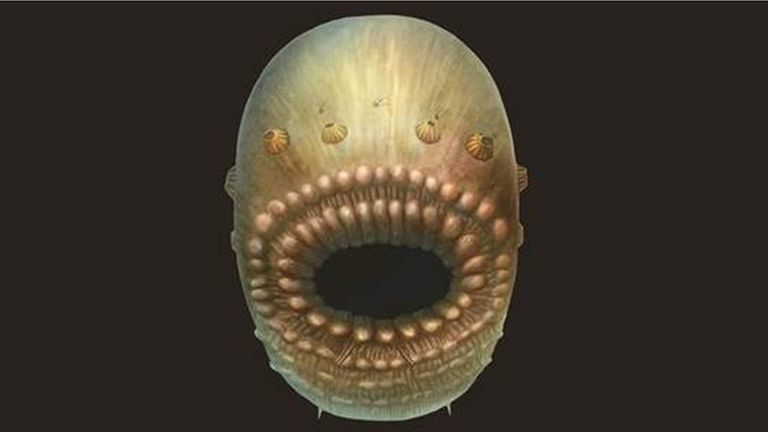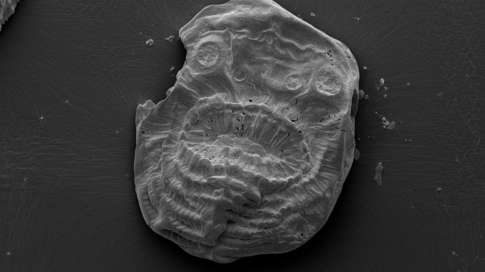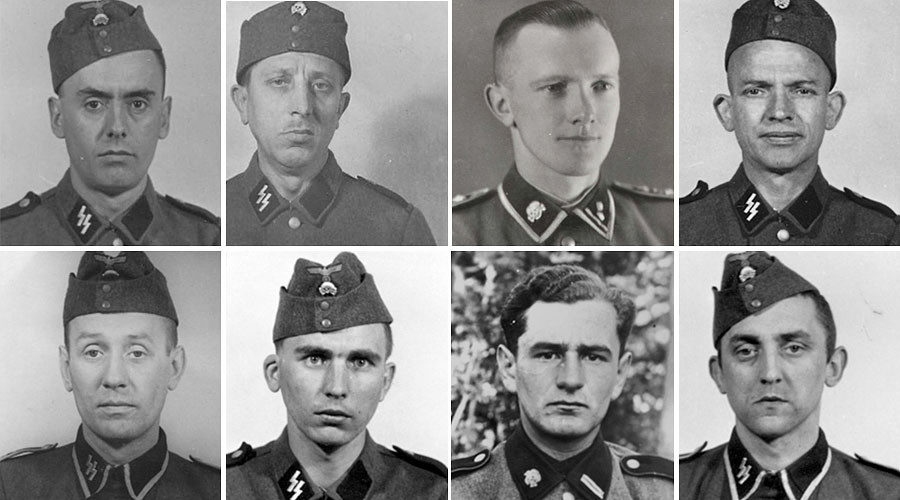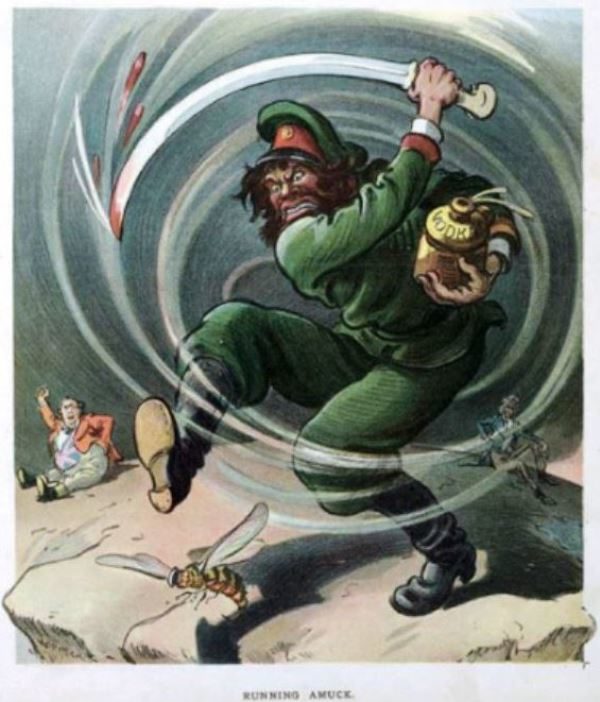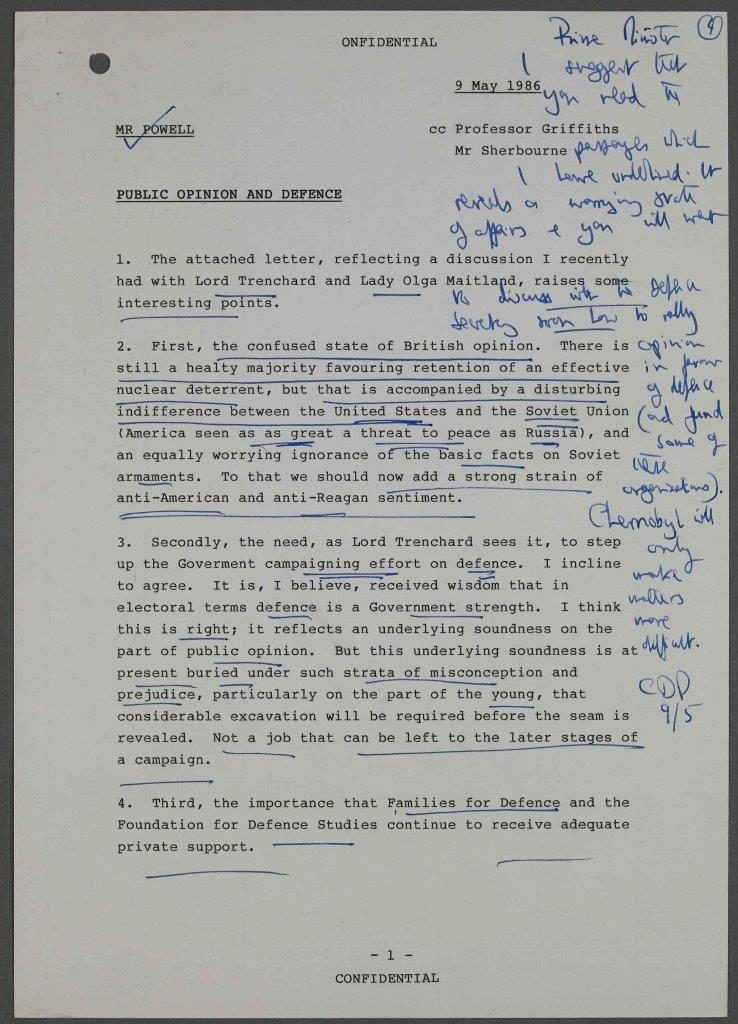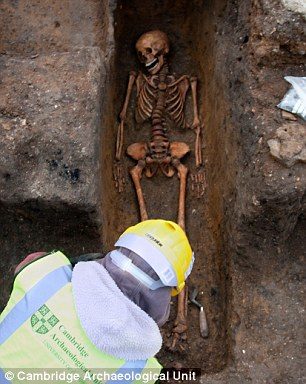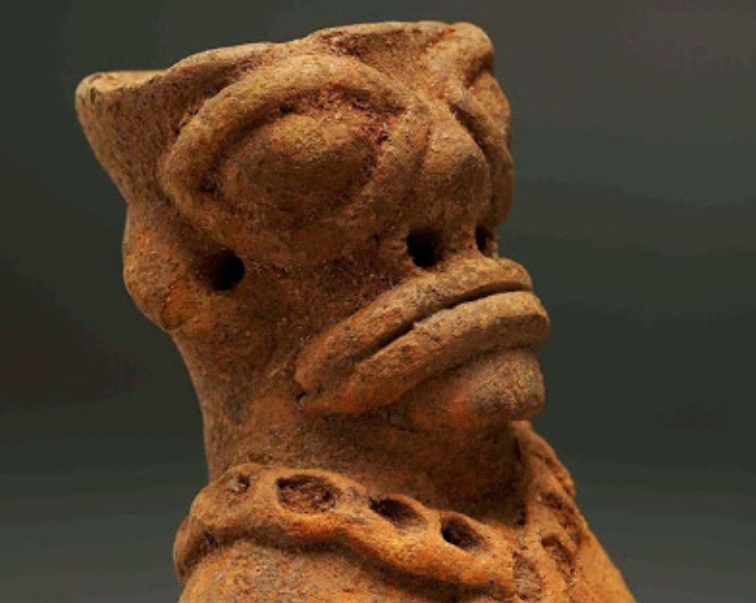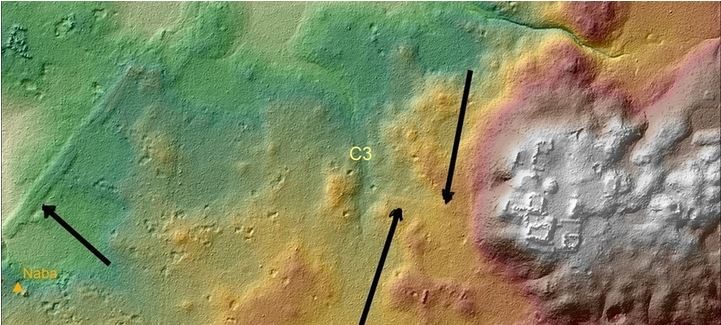
© FARES 2016LiDAR-derived images accurately portrayed structures and a network of 17 roads.
Used by the Maya for travel and transporting goods, the causeways were identified in the Mirador Basin, which lies in the far northern Petén region of Guatemala, within the largest tract of virgin tropical forest remaining in Central America.
Also known as the Kan Kingdom, El Mirador is considered the cradle of Mayan civilization. Prior to its abandonment in 150 A.D., it was the largest city-state in the world both in size — 833 square miles — and population. It boasted the largest known pyramid in Central America, and was home to at least one million people.
Researchers have known about the presence of these roads since 1967, when British Mayanist Ian Graham published a map of Mirador showing causeways crossing the swamp regions. Now laser-based remote sensing has been used to map the area, providing new insights into the massive system of superhighways.
The Light Detection and Ranging tool, known as LiDAR, is capable of penetrating the thick jungle vegetation at a rate of 560,000 dots per second, producing detailed images that mimic a 3-D view of the scanned areas.
"LiDAR uses laser pulses that bounce from the Earth's surface through leaves and back to a computer mounted in a plane," said Arlen Chase, an archaeologist at the University of Nevada, Las Vegas, who is working on the project. "While most people felt the technology would not be successful based on past experiments in Central America, we became convinced by 2006 that it could be used to determine what was on the ground in terms of Maya sites under the jungle canopy."
